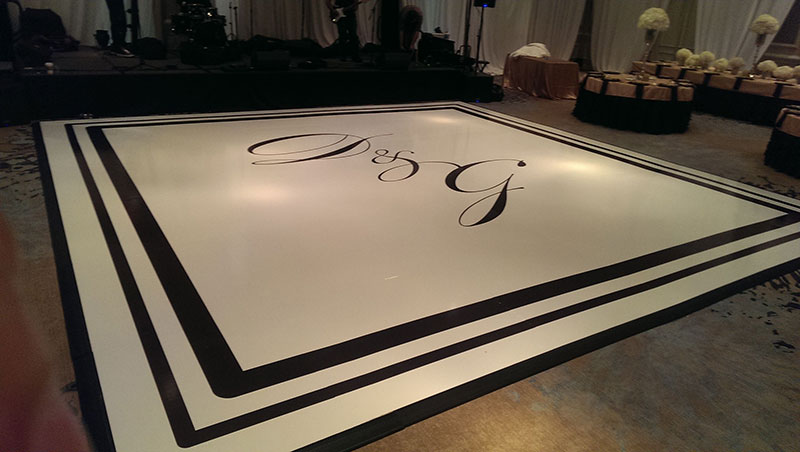
The main colors are red, azure, and golden. These hues cannot be created by mixing other colors together. Secondary colors, such as emerald, tangerine, and violet, are formed by mixing primary colors. Tertiary colors are created by combining a main hue with a secondary color. Understanding these basic connections helps creators select hues that complement one another and create a aesthetically pleasing show. Mixing these colors on an LED dance surface can result to dynamic and stimulating outcomes that attract the focus of dancers.
Color temperature also holds a key part in aesthetics. Hues can be classified as warm or cool. Hot hues, such as crimson, orange, and yellow, tend to evoke feelings of excitement and heat. In opposition, cool colors like blue, emerald, and violet typically create a calm and weblink soothing environment. Designers can use these hue temperatures to set the mood for various kinds of occasions. For example, a celebration environment may benefit from warm colors that invigorate the audience, while a further relaxed event might use chill hues to provide a calming influence.
In furthermore to color combinations and temperature, luminosity and intensity are essential elements to consider. Luminosity denotes to how bright or dark a hue looks, while intensity measures the vividness of a hue. Vivid, saturated colors can generate a lively and lively atmosphere, perfect for dance surfaces. On the other hand, gentler, less saturated hues can generate a more subdued atmosphere. Through adjusting brightness and saturation, creators can attract attention to specific areas of the dancing surface or create visual pathways, leading dancers through the venue.
Ultimately, it Click This Link is crucial to take into account the psychological impacts of hue in LED dance surface designs. Various hues can evoke different emotions and reactions. For example, red is frequently linked with passion and energy, while azure can be soothing and peaceful. Understanding these connections enables creators to strategically use hues to affect the actions of dancers. By integrating color principles into LED dance surface layouts, creators can enhance the total encounter, making it memorable and pleasurable for all involved.